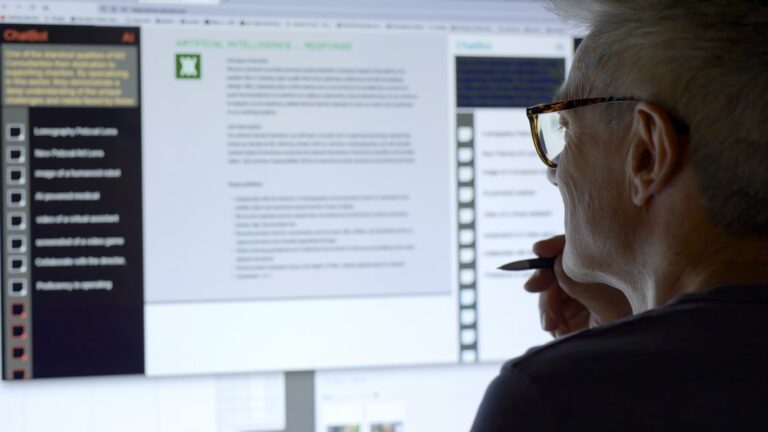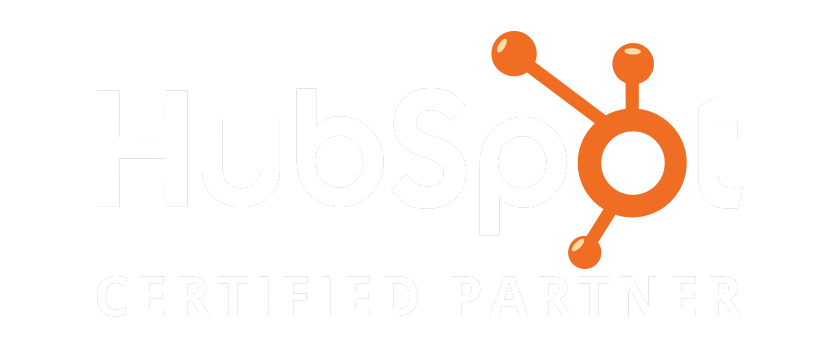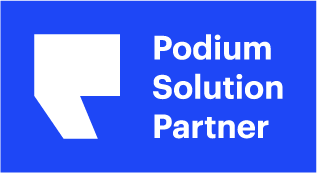ChatGPT, developed by OpenAI, is a powerful language model that has revolutionized conversational artificial intelligence (AI). Among its impressive array of capabilities is the capacity to construct custom bots, empowering developers to craft intelligent conversational agents tailored precisely to their requirements.
What is a Conversational Agent?
A conversational agent, often called a chatbot, is a computer program or AI system designed to converse with users, typically through natural language processing. These agents are created to simulate human-like interactions and are employed for various purposes, including customer service, information retrieval, or entertainment.
Conversational agents can be found in messaging apps, websites, or other platforms where users may seek assistance or information. They use algorithms and AI techniques to interpret user input, generate responses, and maintain a coherent and contextually relevant conversation. The goal is to provide users with a seamless and interactive experience, allowing them to obtain information or complete tasks through a conversational interface.
Understanding the Basics of ChatGPT and Bots
Before diving into the intricacies of custom bots, it is essential to understand the fundamentals of ChatGPT and bots themselves. ChatGPT is a language model that uses deep learning techniques to generate human-like text responses. This capability makes it an ideal choice for building conversational agents. In the context of ChatGPT, bots are virtual agents that can engage in dialogues with users, provide information, answers questions, and even simulate human-like conversations.

Benefits of Using Custom Bots in Conversational Agents
The use of custom bots in conversational agents offers numerous benefits. First, custom bots allow you to create a personalized user experience. By defining the bot’s personality and characteristics, you can tailor the conversation style and tone to match your brand or application’s requirements. This level of customization enhances user engagement and creates a more immersive experience.
Secondly, custom bots enable you to control the conversation flow. Unlike generic bots, custom bots can be trained to guide users through specific processes or workflows. This feature is particularly useful in customer support scenarios, where the bot can intelligently handle common queries and direct users to the appropriate solutions.
Lastly, custom bots offer flexibility and adaptability. You can continuously fine-tune and iterate your bot’s performance based on user feedback, ensuring it evolves and improves over time. This iterative approach allows you to address shortcomings and enhance the bot’s conversational abilities, resulting in a more intelligent and effective conversational agent.
Step-by-Step Guide to Building a Custom Bot with ChatGPT
Creating a personalized bot using ChatGPT involves several key steps. This step-by-step guide will set you on the path to developing your intelligent conversational agent.
- Defining Bot Personality and Characteristics – The first step in building a custom bot is defining its personality and distinct characteristics. Think about the persona you want your bot to embody. Is it friendly, professional, or casual? Consider the nature of interactions you aim to facilitate and the tone that best suits those interactions. Understanding your target audience and your bot’s purpose will help you determine the most appropriate personality traits.
- Training Data Collection and Preparation for Custom Bots – Training data plays a crucial role in the effectiveness of a custom bot. You need a diverse and representative dataset that covers a wide range of potential user inputs and corresponding bot responses. Collecting and curating this data can be a time-consuming process, but it is essential for training a robust conversational agent.
- Fine-tuning the ChatGPT Model for Custom Bot Creation – Once you have prepared your training data, it’s time to fine-tune the ChatGPT model for your custom bot. Fine-tuning involves training the base model on your specific dataset, allowing it to learn the patterns and nuances of your desired conversational style. While this step demands computational resources and expertise, it is pivotal for cultivating a bot that can comprehend user inputs and deliver contextually relevant responses. Fine-tuning tailors the model to your specific use case, enhancing its ability to engage users effectively in line with your desired conversational dynamics.
- Testing and Iterating the Custom Bot – After fine-tuning the model, it is crucial to thoroughly test your custom bot. Engage in simulated conversations, evaluate its responses, and identify areas for improvement. Iteration is key at this stage, allowing you to refine the bot’s performance based on real-world user interaction. Soliciting user feedback and incorporating their suggestions will help you enhance the bot’s conversational abilities and overall user experience.
Best Practices for Building Intelligent and Effective Conversational Agents
Building an intelligent and effective conversational agent requires adherence to best practices. Here are some key recommendations to consider:
- Natural Language Understanding: Ensure your bot can understand and interpret user inputs accurately. Incorporate techniques such as entity recognition (identifying the important information) and intent classification (determining what the user wants) to enhance comprehension capabilities.
- Contextual Awareness: Enable your bot to maintain context throughout a conversation. Keep track of previous user inputs and responses to provide coherent and relevant replies.
- Error Handling: Implement robust error handling mechanisms. When the bot encounters unknown or ambiguous inputs, it should gracefully handle the situation and prompt the user for clarification.
- Personalization: Tailor the conversation to the individual user. Leverage user data and preferences to provide personalized recommendations and responses.

Limitations and Challenges of ChatGPT’s Custom Bot Feature
While ChatGPT’s custom bot feature offers immense potential, it does have its limitations and challenges. One notable limitation is the model’s tendency to generate plausible-sounding but incorrect or nonsensical responses. This issue arises due to the limitations of the underlying training data and the model’s inability to reason or fact-check. Additionally, fine-tuning a language model requires considerable computational resources and expertise, which may pose challenges for some developers.
Resources and Tools for Further Exploration
To further explore ChatGPT’s custom bot feature and enhance your conversational agent development skills, consider the following resources and tools:
- OpenAI Documentation: OpenAI’s official documentation provides detailed information on using ChatGPT and building custom bots. It includes guides, tutorials, and code examples to help you get started.
- Community Forums: Engage with the OpenAI community forums to connect with other developers, ask questions, and share insights. The forums are valuable for learning from others’ experiences and finding solutions to common challenges.
- Additional Libraries and Frameworks: Explore other libraries and frameworks that complement ChatGPT, such as Natural Language Processing (NLP) libraries and dialogue management tools. These additional resources can enhance your bot’s capabilities and improve its performance.
Tampa AI Integration: Bake More Pies
Mastering ChatGPT’s custom bot feature empowers you to build intelligent conversational agents that engage users in natural and meaningful conversations. Remember to follow best practices, be aware of limitations and challenges, and leverage available resources and tools.
At Bake More Pies, we excel in elevating your brand’s digital footprint by leveraging the latest technology and innovation. Our specialized approach ensures your brand stays ahead and thrives in the ever-evolving digital landscape. Contact us today to get started with AI integration for your business.



